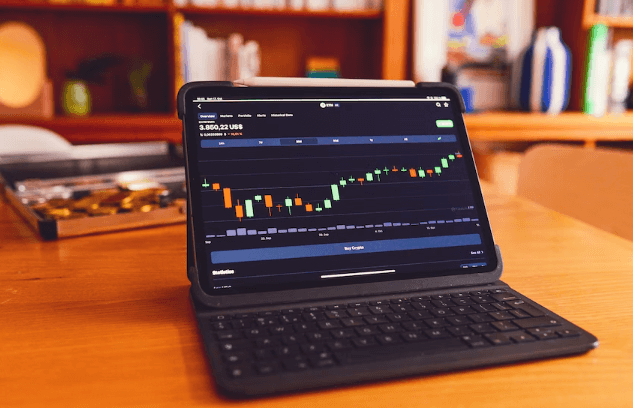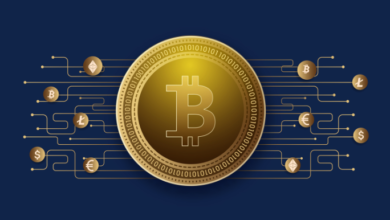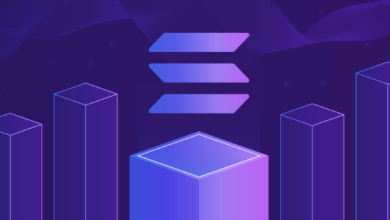Things you should know before crypto trading

A revolutionary new technology is emerging that reduces the need for intermediaries and removes geographical boundaries. This piece will address some basics of understanding how blockchain technology will change supply chain relationships, trading, and financial transactions. Check and learn about the incredible price of bitcoin.
Blockchain is a new type of database that was created as part of the development of bitcoin and other cryptocurrencies. It holds records securely but leaves no room for centralized control, whereby an administrator might delete or modify data. Instead, data entries are permanent and globally available to all those with permission to access them; it’s like a Google Docs spreadsheet that can’t be tampered with or altered from a single source copy.
Because of this immutable attribute, this technology has many advantages over the traditional centralized database platform model. One of the most significant advantages is that it can reduce costs and time to process transactions while increasing security, transparency, and accuracy.
Implementation of Blockchain in supply chain management will increase transparency, security, accountability, and certainty for all participants during transactions with suppliers. It will help to cut down on fraud and simplify processes by increasing trust between parties. Compliance records can be stored on pre-established blockchain ledgers, which are highly transparent and secure. Let’s discuss things you should know about blockchain before investing in cryptocurrencies.
Blockchain records all data regarding cryptocurrency transactions:
The entire history of a coin exchange is available for viewing by anyone with access to the network. It is built on top of a distributed ledger whereby every exchange or transaction is verified and linked to prior transactions. It helps the process of tracking all data relating to cryptocurrency transactions. Blockchain transactions do not require any third-party clearing house because all parties involved in the transaction have access to the distributed ledger and verify transactions directly.
Blockchain provides security to crypto assets:
Blockchain technology ensures the immutability of data and protects the user’s digital assets. It is possible by verifying all the transaction details, after which the new balances are updated. Several cryptographic algorithms are used to add and verify a new block every ten minutes in a blockchain-based cryptocurrency system like bitcoin.
Blockchains have clear advantages over existing traditional ledger systems:
It eliminates go-betweens and eliminates third-party clearing houses that slow down commerce transactions. In addition, its availability across various networks improves access levels, necessitating no need for specialized hardware and software configurations.
Several organizations can use a blockchain through this distributed architecture without establishing a single point of failure. As we keep moving towards a more automated and connected world, money is required to be electronic rather than physical. Blockchain technology has the potential to provide us with secure electronic transactions that are fast, transparent, and decentralized.
Ensuring the reliability of data is an essential aspect of any system. Blockchain can reliably store such data in an immutable manner that cannot be tampered with from an unauthorized source.
Blockchain prevents double spending:
In a traditional database model, one can easily copy or tamper with data and get away without leaving any trace. In such cases, there is no way to know if the transaction has been performed more than once. With blockchain, the hash algorithm ensures that no data can be copied without being identified as duplicates or rejected.
The distributed ledger technology provides decentralized transparency:
You might not be comfortable sharing your cryptocurrency transaction detail on a public ledger that everyone accesses. However, the data recorded on a blockchain is not present in a layman’s language, and the block consists of hashed data that is impossible to understand; the only thing you can understand in a blockchain is the wallet address of the recipient and sender, but it is also an alphanumeric code that does not reveal the actual identity.
A distributed ledger is a database that is shared between multiple parties so that every transaction is visible to everyone involved in the network. As a result, everyone in the network accesses the same information simultaneously and can verify each other’s transactions. This distributed ledger is a record of any and every transaction using cryptocurrency.
A single entity does not control the blockchain:
Blockchain technology is decentralized and not owned by any single person or entity. It does not provide any central authority like a bank or a government to control it. Therefore, nobody can stop you from joining or leaving the network if you are unhappy with the network conditions. You can access all blockchain data if you have an access key to join the network. Anybody can join and participate in the blockchain network after meeting specific requirements, which help build consensus, confirm transactions and prevent double-spending.





